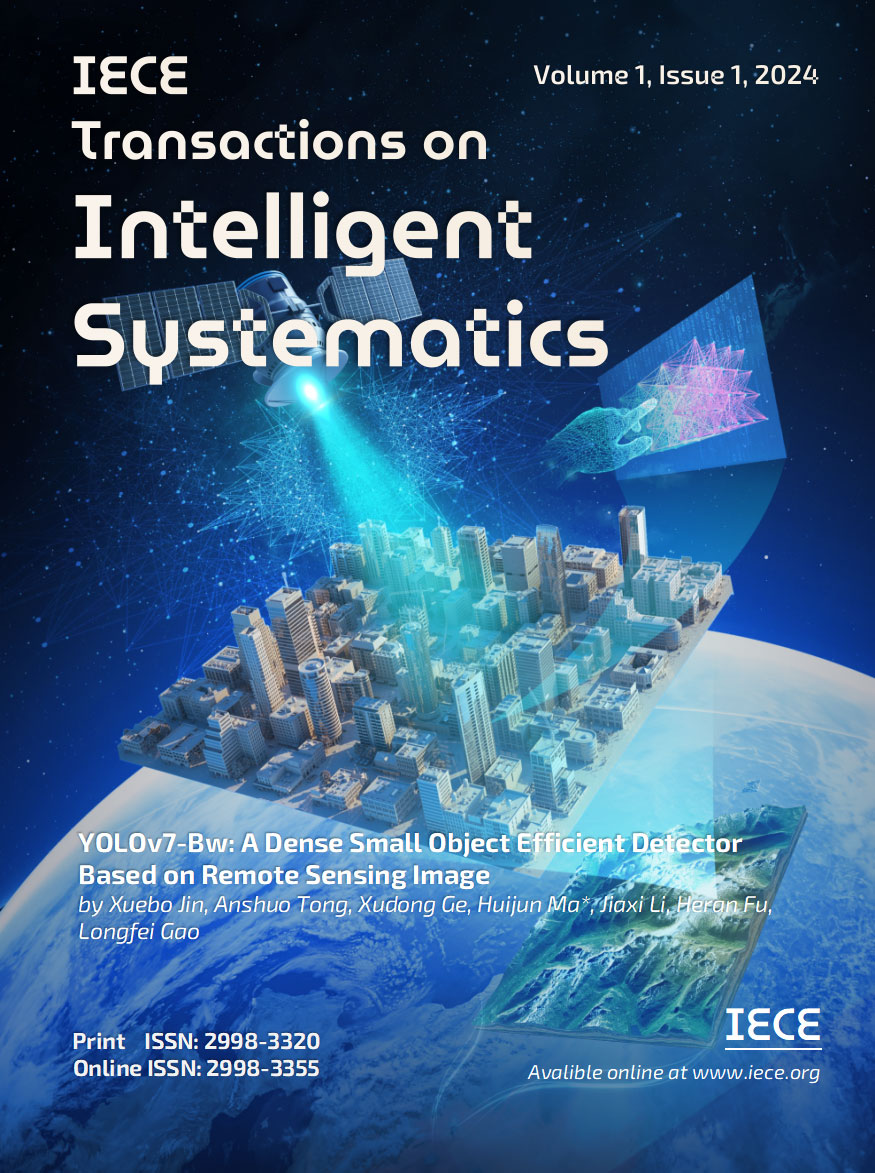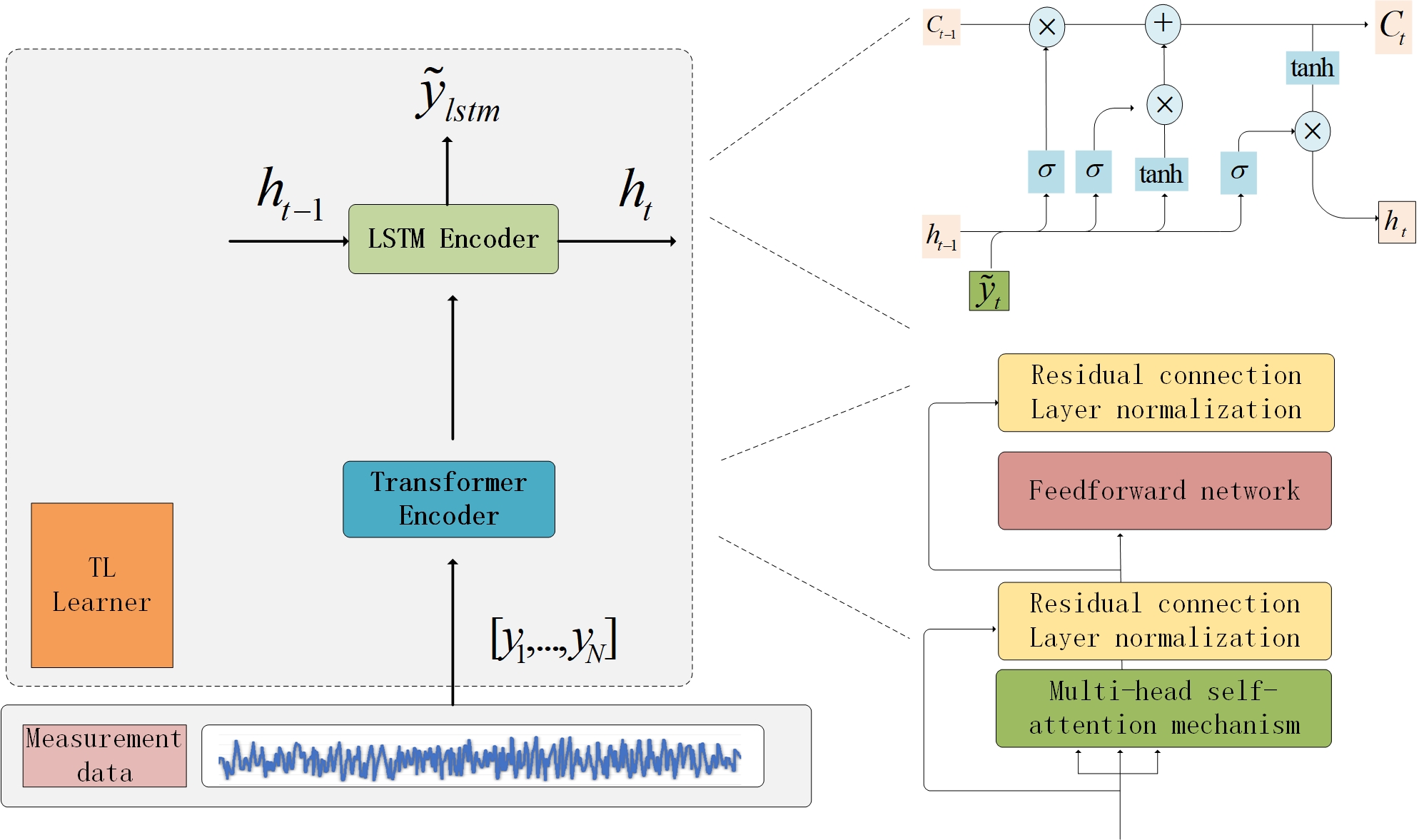IECE Transactions on Intelligent Systematics
ISSN: 2998-3355 (Online) | ISSN: 2998-3320 (Print)
Email: [email protected]


 Submit Manuscript
Edit a Special Issue
Submit Manuscript
Edit a Special Issue

[1]Jason, S., & Marilyn, Wolf. (2015). Tailoring design for embedded computer vision applications. Computer, 48(5), 58-62.
[2]Elias, J., Marcos, P., João, V., & Carlos, D. (2023). A Robotics Club in High School: an experience report. Latin American Robotics Symposium, 683-688.
[3]Takafumi, O., Tad, G., & Jaychand, U. (2018). Autonomous Driving System based on Deep Q Learnig. International Conference on Intelligent Autonomous Systems, 201-205.
[4]Kalman, R. (1960). A New Approach to Linear Filtering and Prediction Problems. Journal of Basic Engineering, 82D, 35-45.
[5]Kalman, R. E., & Bucy, R. S. (1961). New results in linear filtering and prediction theory.
[6]Julier, S. J., Uhlmann, J. K., & Durrant-Whyte, H. F. (1995, June). A new approach for filtering nonlinear systems. In Proceedings of 1995 American Control Conference-ACC'95 (Vol. 3, pp. 1628-1632). IEEE.
[7]Arasaratnam, I., & Haykin, S. (2011). Cubature kalman smoothers. Automatica, 47(10), 2245-2250.
[8]Ghahramani, Z., & Hinton, G. E. (1996). Parameter estimation for linear dynamical systems.
[9]Choi, H. M., Kim, M. K., & Yang, H. (2021). Abnormally high water temperature prediction using LSTM deep learning model. Journal of Intelligent \& Fuzzy Systems, 40(4), 8013-8020.
[10]Vaswani, A., Shazeer, N., Parmar, N., Uszkoreit, J., Jones, L., Gomez, A. N., ... & Polosukhin, I. (2017). Attention is all you need. Advances in neural information processing systems, 30.
[11]Wang, H., & Tu, M. (2020, December). Enhancing attention models via multi-head collaboration. In 2020 International Conference on Asian Language Processing (IALP) (pp. 19-23). IEEE.
[12]Wang, J., Zhang, W., & Yang, H. (2021). Visual Analytics for RNN-Based Deep Reinforcement Learning. IEEE Transactions on Visualization and Computer Graphics, 28(12), 4141-4155.
[13]Zhou, X., Shi, J., Gong, K., Zhu, C., Hua, J., & Xu, J. (2021). A Novel Quench Detection Method Based on CNN-LSTM Model. IEEE Transactions on Applied Superconductivity, 31(5).
[14]Huang, H., Zeng, Z., Yao, D., Pei, X., & Zhang, Y. (2021). Spatial-temporal ConvLSTM for vehicle driving intention prediction. Tsinghua Science and Technology, 27(3), 599-609.
[15]Jin, X. B., Gong, W. T., Kong, J. L., Bai, Y. T., & Su, T. L. (2022). PFVAE: a planar flow-based variational auto-encoder prediction model for time series data. Mathematics, 10(4), 610.
IECE Transactions on Intelligent Systematics
ISSN: 2998-3355 (Online) | ISSN: 2998-3320 (Print)
Email: [email protected]

Portico
All published articles are preserved here permanently:
https://www.portico.org/publishers/iece/